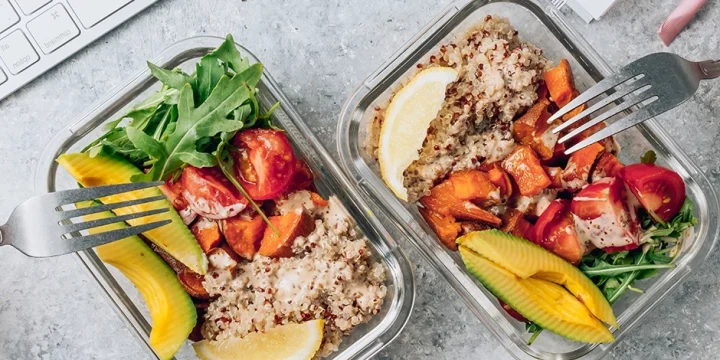As a personal trainer, I have spent a lot of my time making sure that all my clients make steady improvements to their overall physique.
And from the earliest stages of a body-sculpting effort, I get my clients to pay close attention to their weak sides.
My research and experience have shown that there are a few ways to deal with a smaller arm, but it takes careful planning of reps and sets.
There are also a few common mistakes people make, and I'll show you exactly how to avoid those in your biceps exercises.
Quick Summary
- To address uneven arm sizes, focus on unilateral exercises, working each arm separately and increasing the load or sets for the weaker arm.
- Common causes for one arm being bigger include hand dominance, different weight loads, varying reps, injuries, and genetic factors.
- Research by the American Psychological Association and the International Journal of Environmental Research and Public Health highlights how natural hand preference and exercise habits contribute to arm size disparities.
- In my professional experience, consistently incorporating targeted unilateral exercises and avoiding over-reliance on bilateral movements is key to achieving balanced arm development.
How Do You Even Out Your Arm Sizes?
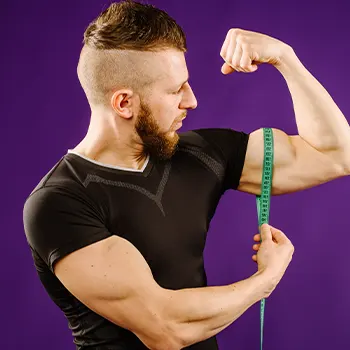
You can even out your arm sizes by focusing more attention on unilateral movements.
This means you'll work each arm separately, like with isolation bicep exercises. Put more load or an extra set on your weaker arm.
So, if your left arm's lagging behind your right and you usually curl a 15-pound dumbbell, try dropping the right arm to 12 lbs. Or, stick to the same weight but throw in an extra set for the left.
Remember, it's not a quick fix. A few extra reps won't magically balance your arm sizes. It takes time and consistent effort.
And don't forget those post-workout supplements on tougher days!
Why Do People End Up With One Arm Bigger Than The Other?

From my days in the cage and the gym, I've pinpointed four key reasons for uneven arm size.
Let me break them down for you.
Hand Dominance
We all have a go-to hand for daily tasks, right?
The American Psychological Association says this natural preference, steered by our brain, leads to one arm being more dominant [1].
Different Weight Loads
When you're doing isolation exercises, chances are you're putting more weight on your dominant arm.
This imbalance, as highlighted by the International Journal of Environmental Research and Public Health, means your non-dominant arm is under less tension, making it weaker [2].
Different Reps
Have you ever noticed doing fewer reps with your weaker arm? This common snag can mess with your form and lead to muscle imbalances.
Injuries
An injury could be holding back one arm, leading to uneven development. Even a minor injury can take weeks or months to heal, leaving one arm to play catch-up.
Genetic Factors Influencing Muscle Imbalance
Variations in genes affecting muscle fiber, collagen, and neuromuscular efficiency can make you more prone to these imbalances.
My Recommended Arm Size Balancing Exercises
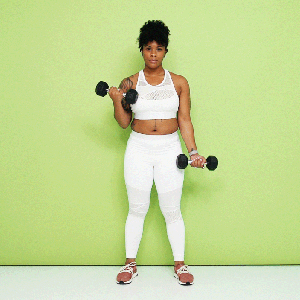
Based on my training regime for clients lacking one bicep, here are five unilateral exercises I recommend to tackle this issue effectively.
Alternating Dumbbell Curls
Ideal for home workouts, focus on one arm at a time.
Complete a full set with one arm before switching. Aim for 4 sets of 8 reps, adding weight or an extra set for the weaker arm.
 Single-Arm Preacher Curls
Single-Arm Preacher Curls
Often overlooked, preacher curls are great for targeting one arm at a time.
At the gym, use the preacher bench, starting with your weaker arm. Lower the dumbbell for a count of 3, and lift for 2. Do 4 sets of 8 reps, feeling the burn on the last one.
For the stronger arm, consider regular biceps curls.
Hammer Curls
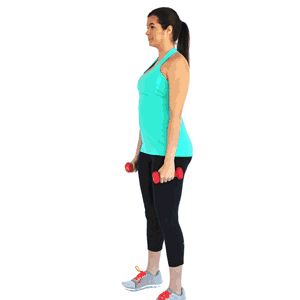
A fantastic preacher curl alternative. Do regular curls for the strong arm; switch to hammer curls for the weak one.
Biceps curl targets the long head of the biceps.
Keep your upper arm close to your torso, lifting and lowering for counts of two and three, respectively.
Aim for 4 sets of 8 reps.
 Triceps Kickbacks
Triceps Kickbacks
Check for triceps imbalances.
Stand with a forward leg, body tilted, and perform kickbacks with an overhand grip.
Straighten your arm fully to feel the triceps tension. Go for 4 sets of 8 reps, adjusting weight or sets for the stronger arm.
Alternatively, try single-arm reverse cable curls.
Related Article: How To Get Bigger Triceps Fast
One Arm Lateral Raises
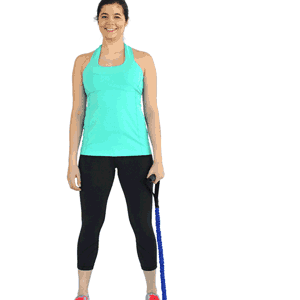 Another area where you could end up with one upper arm bigger is if you don't pay enough attention to the deltoid [3].
Another area where you could end up with one upper arm bigger is if you don't pay enough attention to the deltoid [3].
That's the muscle at the top of your arm that rounds out the shoulder.
With a dumbbell, raise your arm to the side until shoulder height, then lower slowly. Do 4 sets of 8 reps, focusing more on the weaker arm.
Avoid Common Training Mistakes
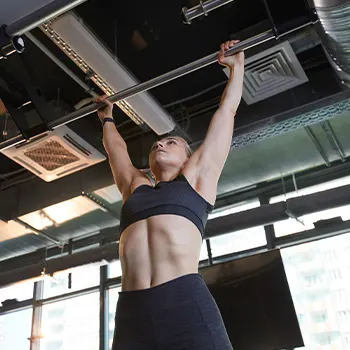
One major mistake I've noticed, both in my own training and while coaching, is the lack of unilateral exercises focusing on one arm at a time.
These are some examples of exercises that could cause issues:
- Bilateral barbell curls
- Close-grip chin-ups
- Bilateral triceps push-downs
- Military push-ups
- Dips
These are all great exercises, and they belong to most workout routines.
But if you focus too much on these, then you could end up compensating with the stronger arm, making things gradually worse.
FAQs
Is It Normal to Have Uneven Arms?
Yes, it is quite normal to have uneven arms. But if you don't take control of this imbalance, then things can get progressively worse over time, and that just won't give you an incredible physique.
Do Injuries Lead To Uneven Arms?
Yes, injuries can lead to uneven arms. This is especially the case where one arm may need to be completely rested and immobilized for many weeks or months, and the muscles can waste away.
References:
- https://www.apa.org/monitor/2009/01/brain
- https://www.ncbi.nlm.nih.gov/pmc/articles/PMC6950543/
- https://www.physio-pedia.com/Deltoid
About The Author
You May Also Like
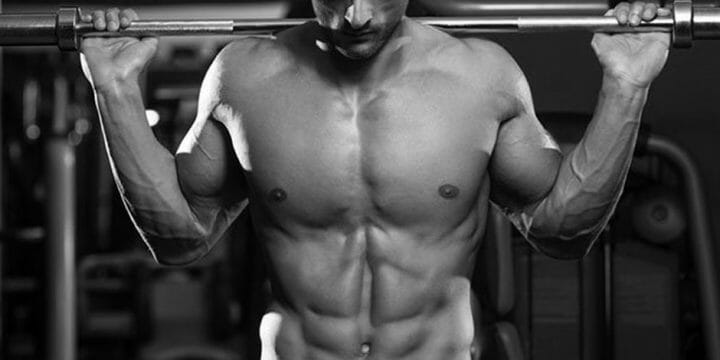


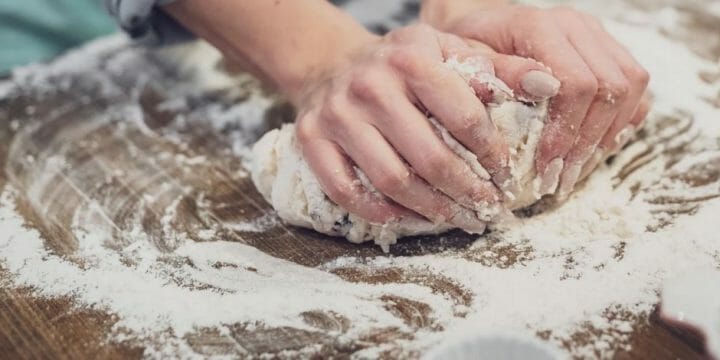
 Single-Arm Preacher Curls
Single-Arm Preacher Curls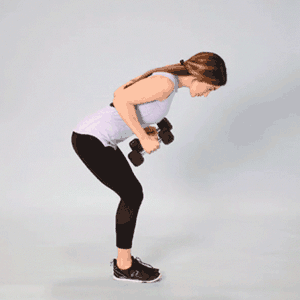 Triceps Kickbacks
Triceps Kickbacks
